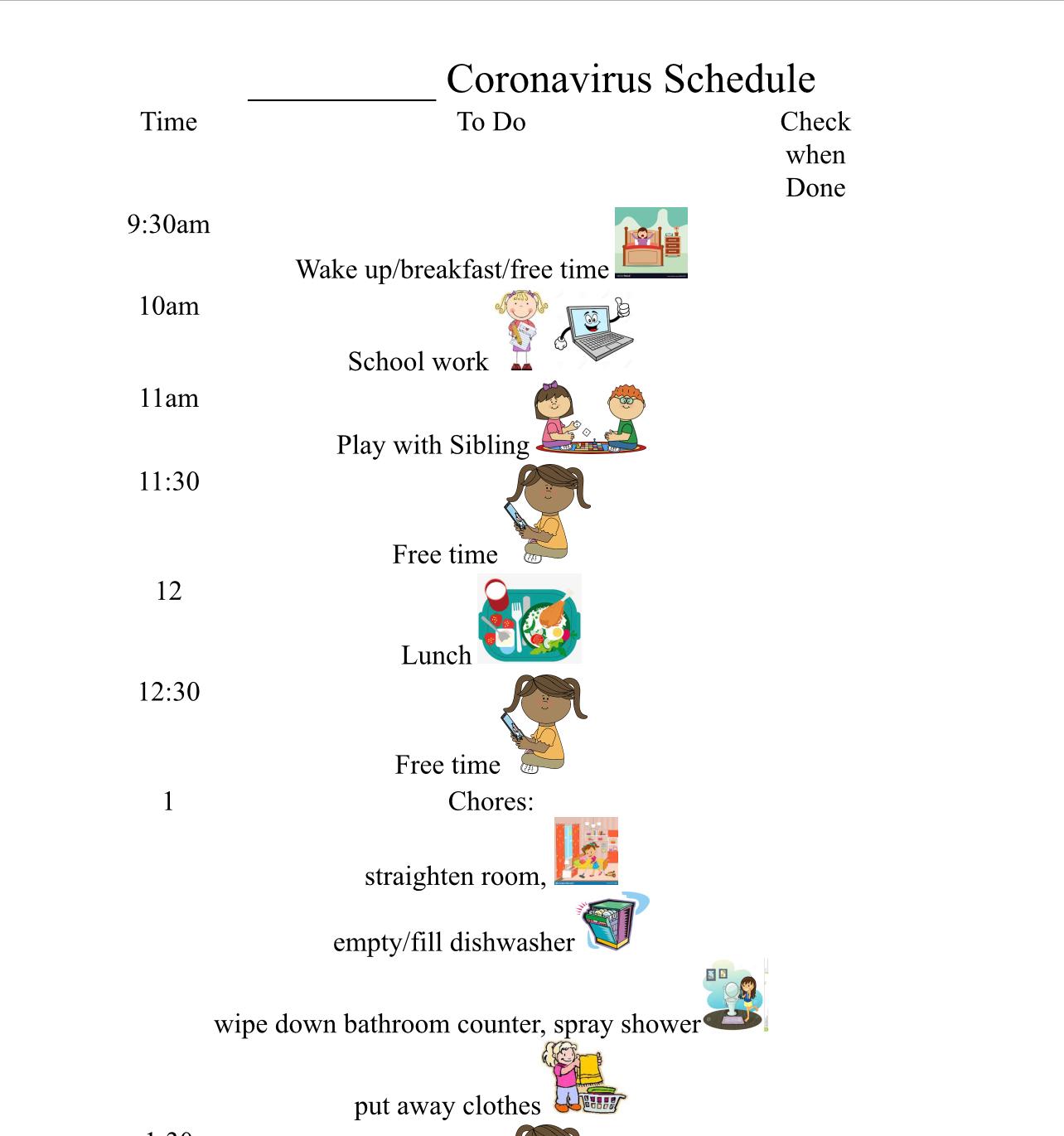
Routine is beneficial to children. Repetition is beneficial to all children, but children with autism spectrum disorder (ASD) love predictability and patterns even more. Schedules can help young children cope with the uncertainty of everyday life by building healthy ties between them and their caretakers.
Some families prefer homes with a high amount of regularity, while others give preference to a more flexible environment. Regardless, certain events, such as mealtimes and bedtimes, recur on a daily basis, and most families find it beneficial to create patterns around these activities.
The steps below will show you how to construct and execute a home schedule. We’ve chosen the example of a bedtime routine to demonstrate how you may put these suggestions into practice.
Step 1
Identify each step of a task that you would like your child to do.
Example: The task at hand is to prepare for bed. The following are the steps of getting ready for bed:
a) Brush teeth.
b) Wash face.
c) Read one bedtime story.
d) Turn off the light.
Step 2
Create a schedule by following the steps. Use a picture essay, task list, or video model to create a plan that works for your child.
Example: Take a picture as your child completes each step. Make a clear schedule for him to follow while performing the routine. The visual schedule should be posted in his room and bathroom.
Step 3
Use timers or alarms to mark the start of the schedule or to assign a specific amount of time to each step.
Example: Set an alarm for 7 p.m. that your child can hear to signal the start of his bedtime routine. Make a timer to ensure he brushes his teeth for the whole two minutes.
Step 4
Throughout the routine, refer to the schedule. Praise or other forms of reinforcement should be given for completing steps.
Example: While your child is completing the step, prompt him to point to the step on the visual schedule. Give him detailed praise as each step is finished, such as “Good job brushing your teeth all by yourself.”
Step 5
Consistency is key. Every time, complete each stage of the routine.
Example: Every night, repeat the bedtime routine in the same order.
Remember that learning takes time for children, no matter what schedule you establish at home. Don’t give up and be consistent. When your child completes the routine without assistance or undesirable behavior, he may no longer require visual aids. Allow these supports to fade away as the need for them diminishes.
Some children become so accustomed to their routines that any disruption causes them distress. It’s also critical that you assist your child in developing some flexibility.
Allow for natural modifications after a pattern has been established, such as altering the routine’s location when staying at a family member’s residence or adding a new step, such as flossing after brushing teeth. This will make the schedule feel secure and useful, rather than stiff and obnoxious.